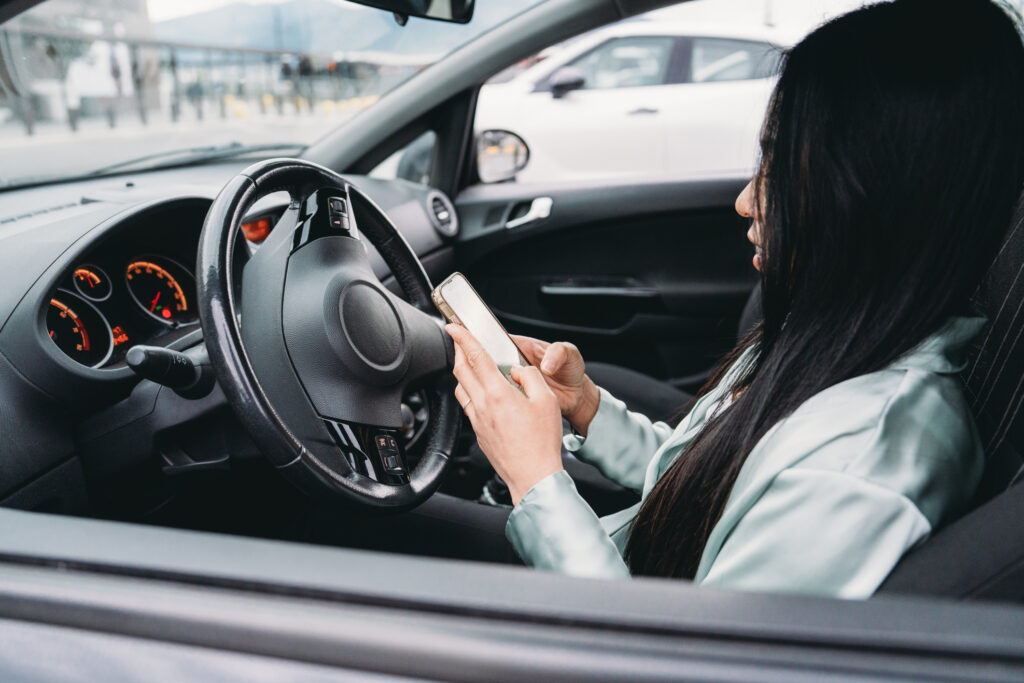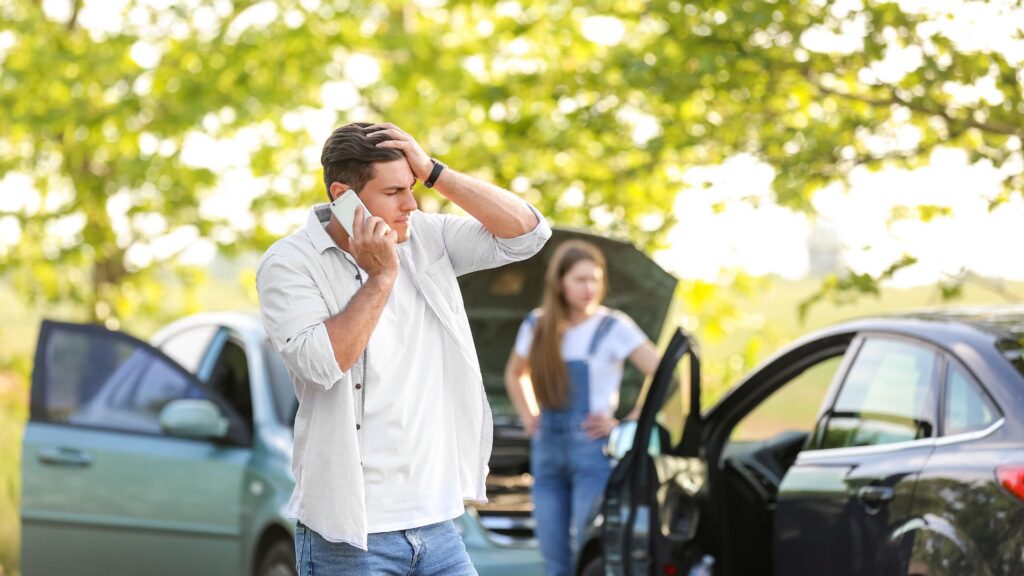The future of transportation is arriving faster than we thought—and in California, that future includes driverless services like Waymo & Zoox gliding through the streets of San Francisco, Los Angeles, and beyond. Self-driving technology promises a revolution in how we get from point A to point B. But for those of us working in personal injury law, there’s a bigger question we need to ask:
Can autonomous rideshare vehicles actually reduce accidents on California roads?
At West Coast Uber & Lyft Accident Lawyers, we’ve seen the devastating results of human error on the road. Every year, thousands of Californians suffer injuries in car accidents, many of them involving rideshare vehicles. And with new technology entering the scene, we’re watching closely.
Let’s break down what’s really happening with self-driving cars in the rideshare industry—and what it means for road safety in California.
The Human Error Problem

It’s no secret that most accidents happen because of human error. The National Highway Traffic Safety Administration (NHTSA) estimates that over 90% of traffic collisions are caused by human mistakes—from texting while driving to running red lights, falling asleep behind the wheel, or driving under the influence.
California, with its dense city life and heavy traffic, sees more than its share of these incidents. In fact, Los Angeles regularly ranks as one of the most dangerous cities for drivers in the nation. And with the massive growth of ridesharing apps like Uber and Lyft over the past decade, more cars—and more drivers—are on the road than ever.
The simple truth? Even professional rideshare drivers can make dangerous mistakes. Fatigue from long shifts, distraction from app alerts, or simply rushing between fares can all increase the risk of a crash.
What Makes Self-Driving Rideshare Vehicles Different?
Self-driving cars—also known as autonomous vehicles (AVs)—are designed to remove human error from the equation. These vehicles rely on a mix of cameras, radar, LIDAR (laser-based sensors), GPS, and artificial intelligence to navigate roads, avoid obstacles, and follow traffic laws with incredible precision.
In theory, a fully autonomous Uber, Lyft, Waymo vehicle would:
- Never text and drive
- Never speed
- Never fall asleep or get distracted
- Always stop at stop signs and red lights
- Continuously scan surroundings in all directions
That’s the pitch behind companies like Waymo, Cruise, Zoox and Tesla, which are all actively testing or deploying self-driving rideshare programs in California.
For example, Waymo (a Google subsidiary) has expanded its driverless taxi service beyond Arizona and into Bay Area neighborhoods. The goal is clear: build safer, smarter transportation by removing the most unpredictable factor—the human driver.
Early Safety Data: Promising, But Not Perfect
So, how safe are these vehicles really?
According to early data from real-world testing in California, autonomous rideshare vehicles have fewer accidents per mile driven than human-operated vehicles.But that doesn’t mean the technology is flawless. For Example, Cruise was unable to recover following a severe accident in 2023, when one of its self-driving vehicles dragged a pedestrian 20 feet and then stopped on top of her, leaving her critically injured
This incident significantly harmed the company’s reputation and financial standing. Combined with escalating costs and fierce competition in the robotaxi market, these factors compelled General Motors to close down Cruise’s autonomous vehicle ride-sharing service entirely in December 2024.
There have also been incidents—like when an AV stopped abruptly in traffic, causing a rear-end collision, or when one failed to recognize a fire hose in the street. These are known as “edge cases”—rare scenarios that still challenge self-driving systems.
However, unlike human drivers, autonomous vehicles improve with every mile driven. They share data across fleets, learn from past incidents, and are constantly updated to adapt to new scenarios. That makes them better, not just with experience, but with every shared trip.
Legal and Liability Concerns

We can’t talk about self-driving rideshare vehicles without addressing liability. If a driverless car hits another vehicle or injures a pedestrian, who’s responsible?
Is it:
- The rideshare company?
- The manufacturer of the vehicle?
- The software developer?
- The owner of the autonomous fleet?
California law is still catching up. As it stands, AVs are governed by a mix of DMV regulations and emerging court rulings. Some legal experts believe these vehicles should be treated like products—meaning the manufacturer could be liable in a crash. Others argue for a new framework altogether.
The takeaway is this: If you’re injured in a crash involving a self-driving rideshare car, you’ll need experienced legal counsel. These cases are tricky, and determining fault may require deep investigation into vehicle logs, software behavior, and regulatory compliance.
What This Means for California Drivers and Rideshare Users
If self-driving cars continue to evolve and prove to be safer than human drivers, we could see a gradual reduction in traffic accidents. That’s a good thing—for everyone. But in the meantime, the roads remain a hybrid mix of human drivers, partially autonomous vehicles, and early-stage AVs navigating real-world conditions.
For now, here’s what we recommend:
- Stay alert: Whether you’re driving or riding, stay aware of your surroundings—especially as more AVs hit the road.
- Document any rideshare incident: If you’re involved in a crash with a rideshare vehicle—driverless or not—take photos, get contact info, and file a report.
- Know your rights: Rideshare companies and their insurers may try to downplay liability. Always consult a lawyer if you’re injured in a rideshare accident.
Injured in an Uber or Lyft Accident—Driverless or Not?

At West Coast Uber and Lyft Accident Lawyers, we’re ready for the driverless future. Whether your case involves a traditional rideshare driver or an autonomous vehicle, we have the experience to help you fight for the compensation you deserve. We’re here to help. Call us today (213)-465-8682 or fill out this online contact form for a free consultation.